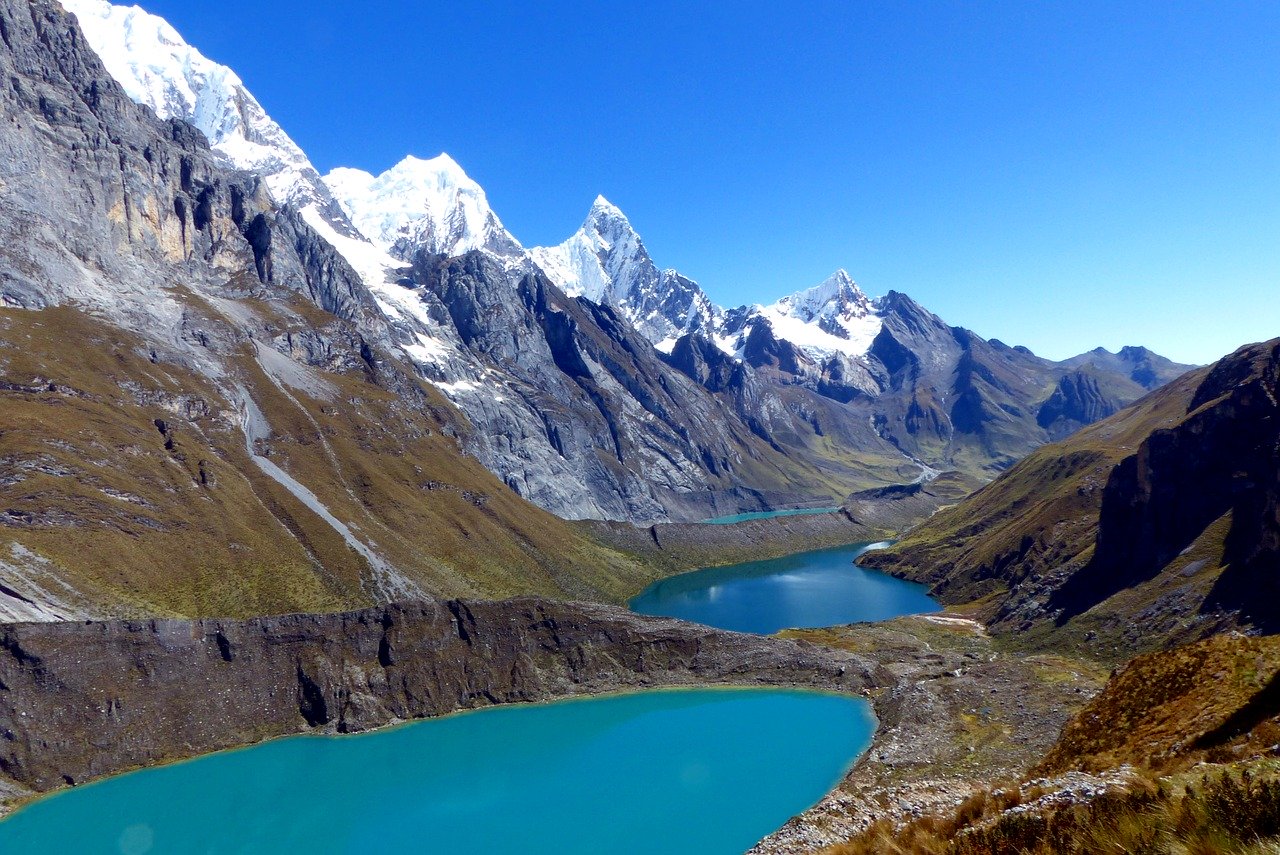The western Peruvian Coastal Range depends on ecosystem services from several mountain catchments, including the Cañete River which provides water for energy, agriculture and housing from both the El Platanal hydroelectric plant and the Capillucas reservoir.
While it is known that changing precipitation patterns, including more heavy rainfall, due to climate change may increase the concentration of silt in storage reservoirs like the Capillucas reservoir, potentially endangering the livelihood of the surrounding community, the extent of the damage is not yet known.
The paper titled ‘The potential impact of climate variability on siltation of Andean reservoirs’ in the Journal of Hydrology’s February issue, led by Miluska Rosas and co-authored with MRI Science Leadership Council (SLC) members Veerle Vanacker and Christian Huggel, aims to better understand the siltation of the Capillucas storage reservoir in addition to the reservoir’s lifespan by developing multiple scenarios of precipitation patterns and rates and measuring the consequent sediment loads for each one.
“Hydropower plants often underestimate the impact of sediment, and in particular effect of extreme precipitation events, on the infrastructure although enormous costs are involved,” says co-author and SLC member Christian Huggel. “This study for the first time provides concrete and quantitative information that reveals the dimension of the problem and risks involved due to climatic and environmental change which is especially important for mountain areas with scarce data.
Citation
Rosas M, Vanacker V, Viveen W, Gutierrez R, Huggel C. (2020) ‘The potential impact of climate variability on siltation of Andean reservoirs.’ Journal of Hydrology 581, 124396. https://doi.org/10.1016/j.jhydrol.2019.124396
Photo by Thorg







